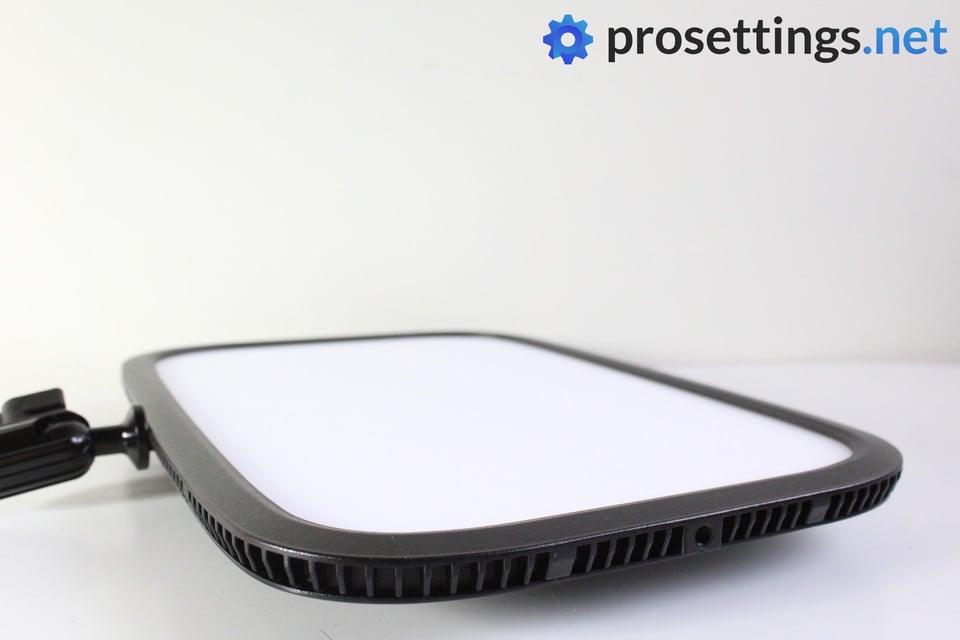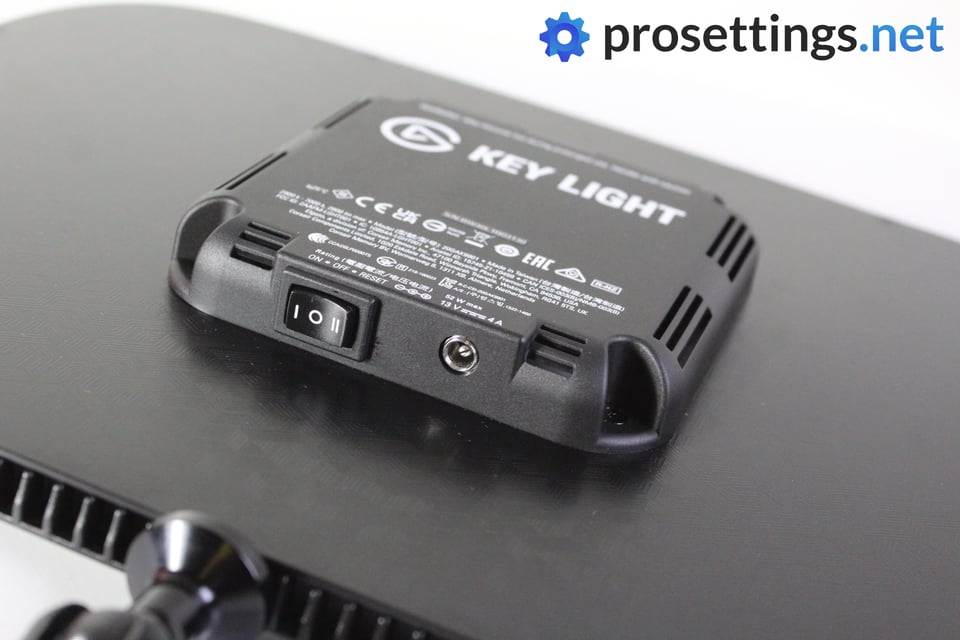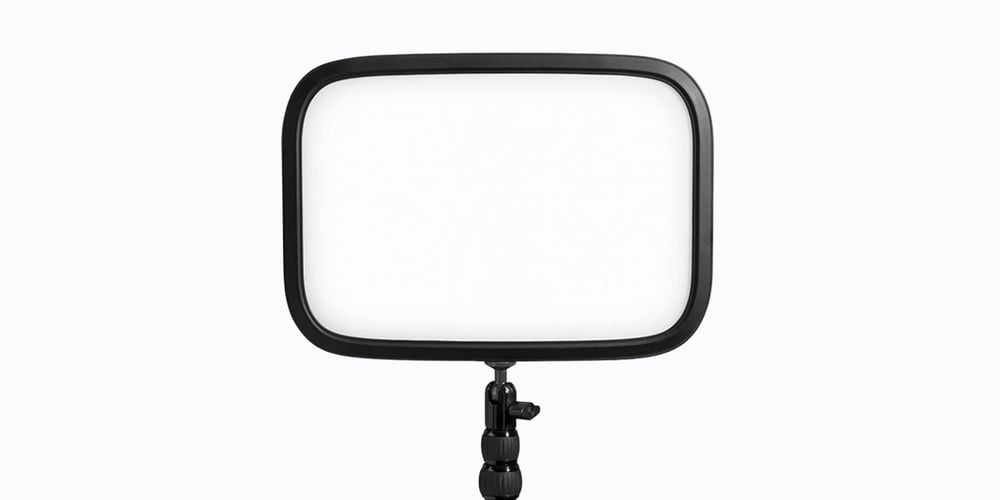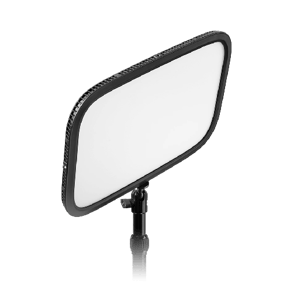In an age where streaming and remote work is booming, it’s only logical to see people invest money into their setup. If you’re in the streaming game you just can’t afford to be left behind by the competition when it comes to your video (and audio) quality, and if you’re having regular video meetings it’s important to ensure that your conversation partners aren’t looking at a blurry mess if you want to look professional.
There are a ton of lighting solutions on the market, but just as with any type of PC gear there’s a lot of subpar stuff to sift through. Today we’re taking a look at a lighting product from one of the biggest (if not the biggest) players in the streaming world: Elgato. Their Key Light is used by a ton of streamers, and in our full Elgato Key Light review we’ll give you the full rundown on whether or not that’s for good reason.
At A Glance
Elgato Key Light
If you’re looking for a premium lighting solution for any content creation-related activities or video creation (be it streaming, video meetings, YouTubing, …) the Elgato Key Light is one of the first lights you should look at if you ask me.
Pros
- Thin and compact
- Large range of color temperatures to choose from
- Gets very bright
- Link with Stream Deck works great
Cons
- Lacks full onboard controls
First Impressions
I am not a streamer, nor do I use my webcam often for meetings, but I did dabble in videography a long time ago and I do use photo/video lights all the time to take photos of (gaming) products so I feel like I do have a thing or two to say about a product like this. View this review as one coming from an ‘everyday person’, not a professional photographer or videographer.
With that said: I was immediately impressed with the Elgato Key Light when I unboxed it. This product looks and feels premium across the board; the light panel itself feels weighty and well-built, and the stand is sturdy and feels rock solid once it has been attached to a table, desk, or what have you.
What’s also noticeable is just how compact this entire setup is. If you clamp it to your desk you’re barely losing out on desk real estate. That’s a far cry from the experience that you get with studio lights that use a bulb or anything like that. This compactness makes it so that the product can be integrated into pretty much any setup without feeling as if it’s invading the space. This will look at home on a minimalist desk as well as a cluttered battlestation that’s filled to the brim with stuff. You won’t need to move your monitor or PC around in order to accommodate this Key Light, and to me that’s a massive plus.
Performance and Everyday Usage
The Elgato Key Light comes with everything you need to get started. Inside the box you’ll find a bunch of power adapters so that you can plug it into a variety of outlets, and you can also detach the attachment piece from the stand in case you want to mount it in a tripod or anything like that.
Once you’ve got your Key Light set up to your liking, you’ll need to connect it to Elgato’s Control Center app. Connecting lights to apps via WiFi can be an incredibly annoying and painstaking process, but here it went flawlessly and I was connected in a matter of seconds. That’s great news, but I would have liked to see some onboard controls on the panel itself as well. The app lets you tweak the brightness and color temperature (ranging from 2900 – 7000K) but if you’re not using the app or you don’t have connection to the internet this obviously won’t work. It would’ve been nice to see an easy way of adjusting these parameters on the panel itself.
In case you’re not familiar with those color temperature values that I mentioned: the ‘K’ stands for Kelvin, and it basically tells you how warm or cold the light is. We’re not speaking about temperature here, though: think of the difference between the light that a candle puts out versus something like a common flashlight. The latter puts out a much bluer, ‘pale’ light, whereas a candle emits a more orange-ish glow. ‘Warm white,’ as such, denotes that candle-like glow, whereas ‘cool white’ is that slightly icier-looking type of white. I hope I managed to explain the differences well enough, but if you’re still curious there are plenty of handy visual guides to be found on the internet.

With the Key Light, you’re able to choose from a range of color temperatures, from 2700K (warm white) to 7000K (cool white). This is great for setting the scene: if you want to go for a cozier type of vibe you can lower the color temperature, if you want a neutral, studio-style atmosphere, go for something cooler. This all works painlessly, and makes the Key Light a very versatile light.
Speaking of temperatures (and I will speak about the actual temperatures now): the Key Light stays remarkably cool. I’ve left this light on for hours at a time at one point, and while it’s winter over here right now (and as such it’s not very warm indoors anyway) I didn’t feel as if it heated up the room at all. That’s a big plus; a PC and gaming monitor can function as space heaters when gaming, and the last thing you want is to add yet another heat source to that. There’s a warning on the light saying that it can heat up during usage, and it’s never a wise idea to grab a light that’s been on for some time, but I felt like I could handle the Key Light at all times without burning my hands.
All of the above is great, but it would be moot if the actual light coming from the Key Light would be underwhelming, but luckily it also delivers on that front. The main draw of a light like this is that it gives you a nicely diffused light source right out of the box. This softens the light, making it a lot more suited to things like photography or videography. A light source that isn’t diffused throws very noticeable shadows, and is generally just a lot harsher on whatever you’re aiming it at. It’s for that reason that you see these big light boxes around photo lights at photo studios; they’re meant to diffuse the light. A soft, diffused light is what you need for streaming and the likes, and the Elgato Key Light delivers exactly that without needing to add a bulky softbox since it’s basically already integrated into the light source.

All of this results in a beautiful, even light source. One light is definitely more than enough for most streamers and content creators due to the quality of this light. Of course two light sources (one on each side in front of you) will almost always result in even better visuals, but but unless streaming is your main job I would say that one is more than enough.
No matter where you’re using this light, it will deliver. Thanks to the adjustable brightness you can use this as a small little filler light if there’s already a lot of (natural) light in the room you’re using, but I’ve used this for photography in a pitch black room as well and it delivered extremely impressive results for a light of this size. The Key Light can get extremely bright. With a max brightness of 2800 lumens, you can easily light a large room with just this light. I never found myself actually using it at those brightness levels (and I don’t recommend that for streaming and the likes, because it’s blindingly bright) but it’s nice to see that you have the option should the need ever arise.
Elgato Key Light Review – Conclusion
If you’re looking for a premium lighting solution for any content creation-related activities or video creation (be it streaming, video meetings, YouTubing, …) the Elgato Key Light is one of the first lights you should look at if you ask me.
The Key Light is thin and compact, taking up almost no space on any desk setup. It offers a wide range of color temperatures so that you can set the scene yourself, and it gets bright enough to illuminate a junior soccer pitch. All of this makes it a perfect companion for people who are looking for a hassle-free light source to use at their PC (or anywhere else, of course). I would’ve loved to see some onboard controls, but that’s a minor setback that doesn’t stop me from wholeheartedly recommending this product.
This product was received for free from the manufacturer and given to our reviewer to test and review. Brands and manufacturers have no editorial control over our reviews. For more information, check out our review FAQ.






